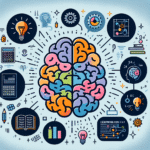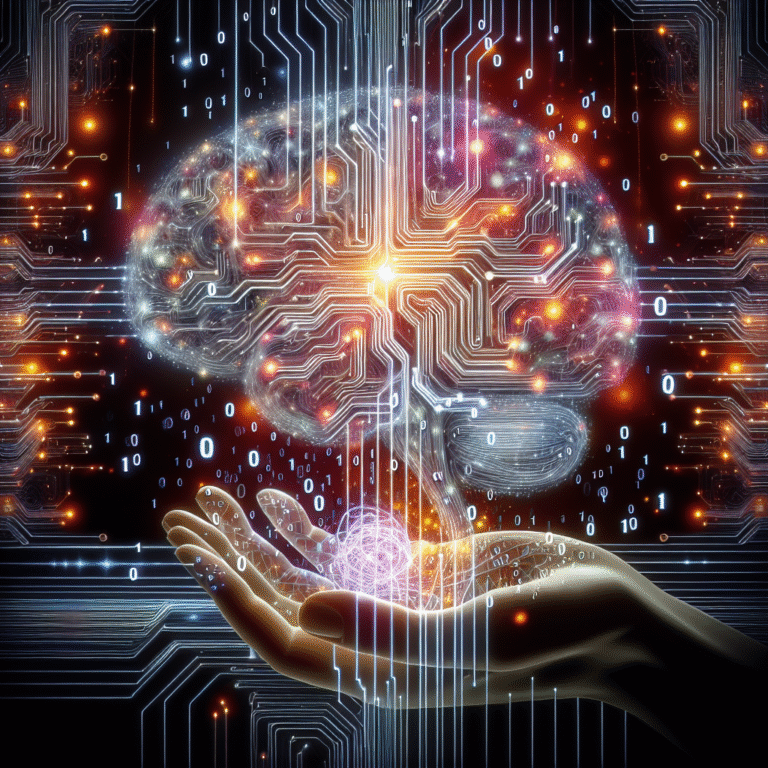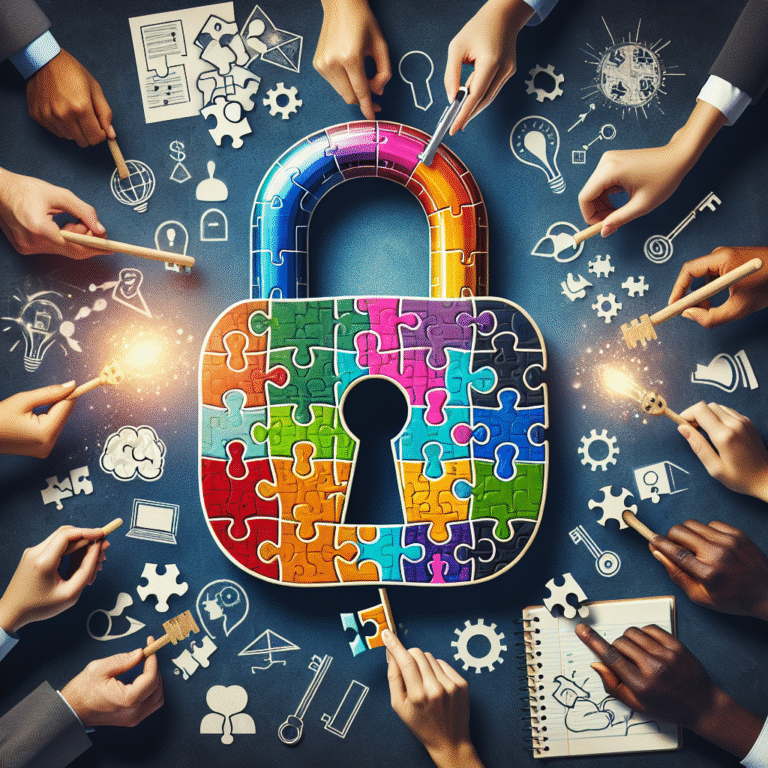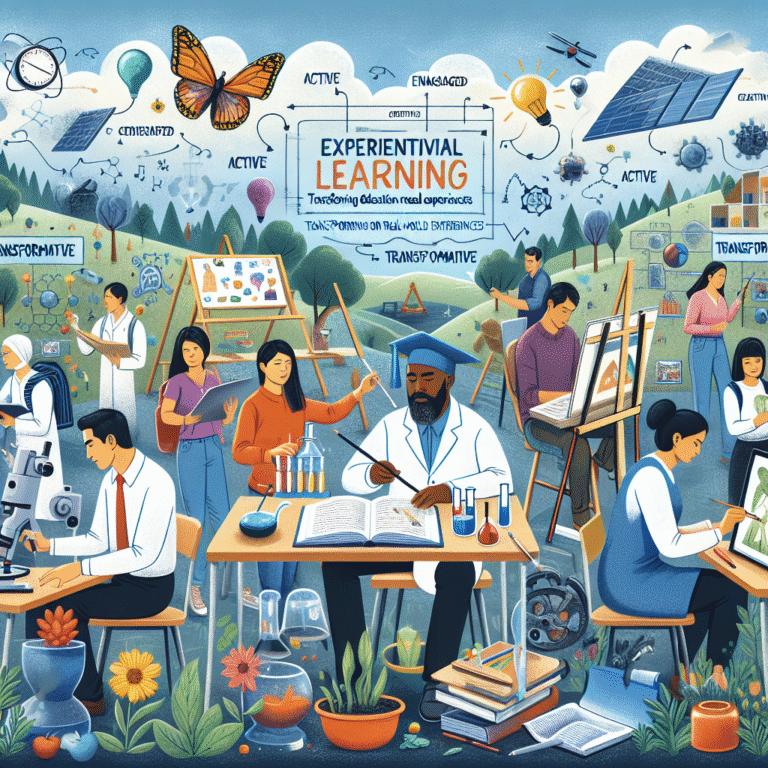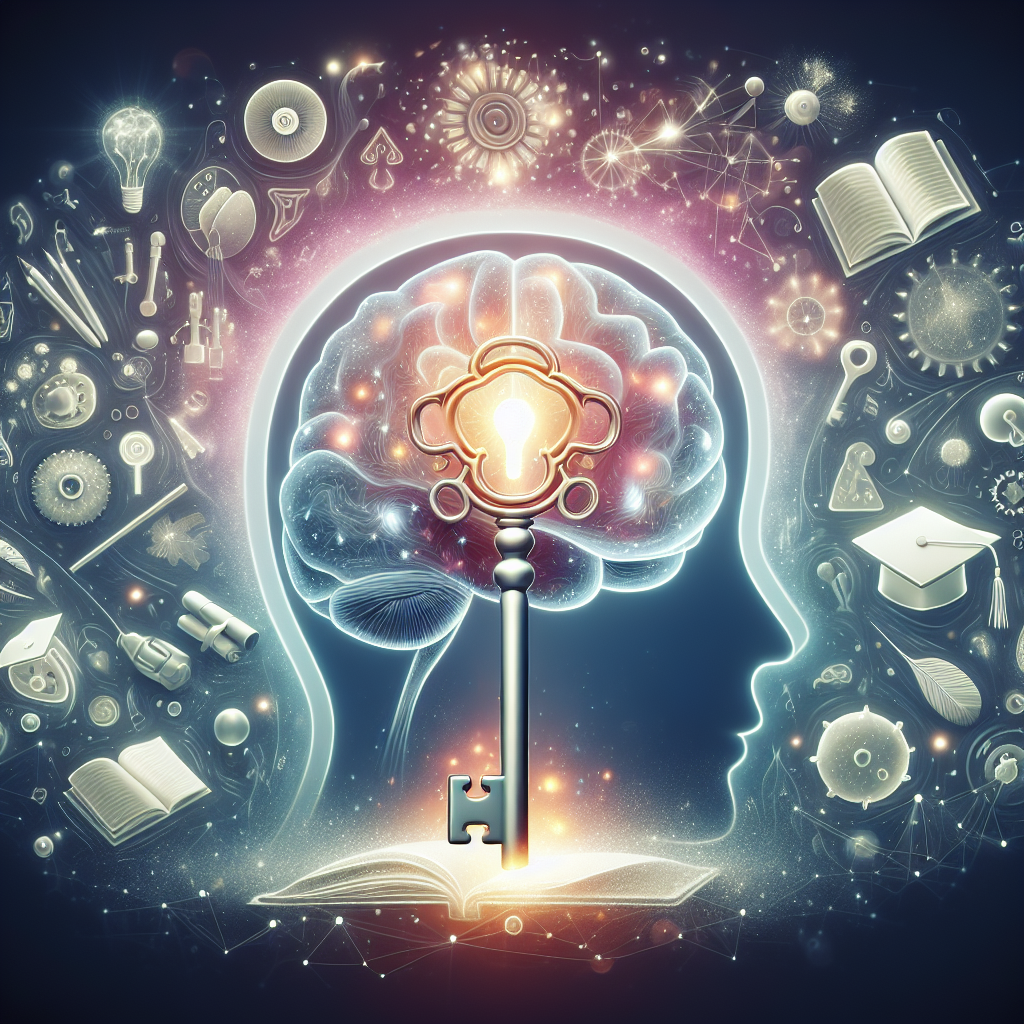
Introduction
Imagine standing at the edge of a vast ocean of knowledge, filled with opportunities yet to be explored. The key to navigating this expanse lies within us, fundamentally shaping how we learn, solve problems, and achieve success. In this exploration of Unlocking Potential: How Working Memory Shapes Learning and Success, we dive into the intricate world of working memory—an oft-overlooked component of cognitive function that serves as the backbone of effective learning. By understanding the nuances of working memory, we can harness its power to unlock our full potential.
The Foundation of Working Memory
Defining Working Memory
Working memory is the cognitive system that temporarily holds and manipulates information necessary for complex tasks such as learning, reasoning, and comprehension. Imagine it as a mental workspace—a limited-capacity mental chalkboard where we can jot down and rearrange information as needed. This fundamental aspect of our cognition plays a vital role in everyday functions, from recalling a shopping list to mastering complex academic concepts.
The Dual Role of Working Memory
Working memory doesn’t just hold information; it also processes it. Psychologist Alan Baddeley proposed a model in the 1970s that partitions working memory into several components: the central executive, phonological loop, visuospatial sketchpad, and episodic buffer. Understanding how these components work together is crucial for unlocking our potential in various areas of life, particularly education.
The Impact of Working Memory on Learning
Learning Styles and Working Memory
One of the most compelling aspects of working memory is its link to different learning styles. Students with stronger working memory capacity often exhibit enhanced abilities to adapt to various pedagogical approaches. A 2019 study revealed that students with high working memory not only excelled in traditional learning environments but also thrived in more interactive settings, such as project-based learning.
Case Study: The Tipping Point in Academic Achievement
Overview
Consider a middle school that revamped its teaching methods to incorporate mindfulness practices aimed at boosting working memory. After one academic year, standardized test scores revealed a 15% increase in students’ performance.
Analysis
This shift highlights that working memory plays a pivotal role not only in retaining information but also in stress regulation and cognitive flexibility. By unlocking their potential through improved working memory, students achieved greater success academically.
Strategies to Enhance Working Memory
Practical Techniques for Students
-
Chunking Information: Breaking down large amounts of information into smaller, manageable chunks makes it easier to memorize and understand. This approach can be invaluable for students facing information overload.
-
Mnemonic Devices: Utilizing acronyms or visual imagery can help reinforce the retention of complex concepts. For example, the acronym “HOMES” helps remember the Great Lakes: Huron, Ontario, Michigan, Erie, and Superior.
- Mindfulness Meditation: Recent research has shown that mindfulness practices can enhance working memory capacity. By promoting focus and reducing distractions, students can achieve a more profound understanding of material.
Table: Strategies to Enhance Working Memory
| Strategy | Description | Benefits |
|---|---|---|
| Chunking | Grouping information into smaller units | Improved recall & comprehension |
| Mnemonic Devices | Using patterns or associations | Easier memorization |
| Mindfulness Meditation | Techniques to focus and calm the mind | Enhanced cognitive functions |
Real-World Applications of Working Memory
Workplace Efficiency and Success
Understanding working memory isn’t just pivotal in the classroom; its effects extend into professional environments. Employees with higher working memory capacity can better manage multitasking, adapt to new challenges, and foster creative problem-solving.
Case Study: Corporate Training and Development
Overview
A tech company implemented a training program focusing on enhancing employees’ working memory through cognitive exercises and team-based problem-solving challenges. After six months, employee productivity improved by 25%.
Analysis
This initiative underlined the importance of nurturing cognitive skills in enhancing workplace effectiveness. The training not only promoted personal growth but also fostered a collaborative atmosphere, transforming how the team approached projects—a clear demonstration of how Unlocking Potential: How Working Memory Shapes Learning and Success can be applied in real-world scenarios.
Overcoming Limitations: The Role of Working Memory
Challenges in Working Memory
Despite its central role in learning and success, many individuals face challenges related to working memory. Conditions such as ADHD or learning disabilities can disrupt this cognitive function, impacting academic and personal growth.
Strategies for Support
-
Structured Support: Implementing individualized education plans (IEPs) or workplace accommodations can help individuals with working memory challenges thrive.
- Cognitive Training: Programs designed to enhance working memory, such as Brain Games, can provide tailored exercises to build cognitive stamina and resilience.
Conclusion: The Road Ahead
As we delve into Unlocking Potential: How Working Memory Shapes Learning and Success, we come to appreciate the profound influence of working memory on our lives. From shaping academic achievements to defining professional pathways, its impact is far-reaching. By adopting strategies to enhance working memory, we empower ourselves and others to navigate the challenges of learning and success with greater efficacy.
Unlocking our potential isn’t merely about the innate ability we possess but about enhancing and cultivating the cognitive tools that guide us. Engage with these insights and strategies to transform not just your learning experience, but your journey toward success.
FAQs
1. What is working memory, and how does it function?
Working memory is the cognitive system responsible for temporarily holding and processing information. It involves various components, such as the central executive and storage subsystems, facilitating complex mental tasks.
2. Can working memory be trained or improved?
Yes, working memory can be enhanced through specific strategies, including cognitive training exercises, mindfulness practices, and techniques like chunking and mnemonics.
3. How does working memory influence learning styles?
Individuals with stronger working memory often adapt more easily to various learning styles. They excel in environments that require problem-solving and flexible thinking.
4. What challenges do people with working memory deficits face?
Individuals with working memory challenges, such as ADHD or learning disabilities, may struggle with tasks requiring focus, information retention, and organization.
5. Are there successful case studies highlighting working memory improvement?
Yes, multiple case studies have shown improvements in academic performance and workplace productivity through programs designed to enhance working memory, demonstrating its significant impact on learning and success.
By comprehensively exploring Unlocking Potential: How Working Memory Shapes Learning and Success, we embrace a future where individuals are equipped to harness their cognitive capabilities fully. Let’s turn knowledge into power and potential into achievement.


